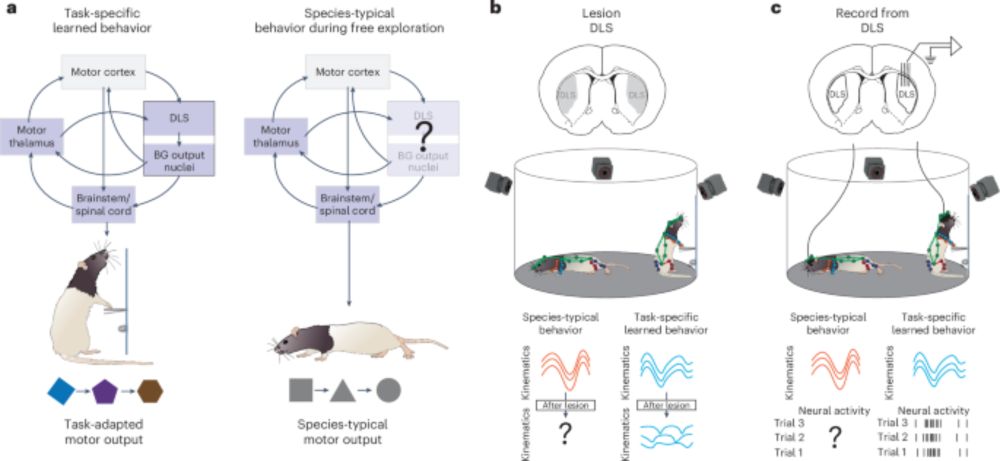Kiah Hardcastle
@kiahhardcastle.bsky.social
430 followers
350 following
25 posts
neuroscientist and new mom
currently Harvard postdoc, Stanford PhD
curious about how animals learn stuff
Posts
Media
Videos
Starter Packs
Reposted by Kiah Hardcastle
Bence Ölveczky
@olveczky.bsky.social
· Aug 25
My Lab Displayed A Message of Solidarity on Our Windows. Harvard Took It Down. | Opinion | The Harvard Crimson
If we continue down this path, we risk not only Harvard’s future as an institution of free inquiry and expression but also its integrity and trustworthiness.
www.thecrimson.com









